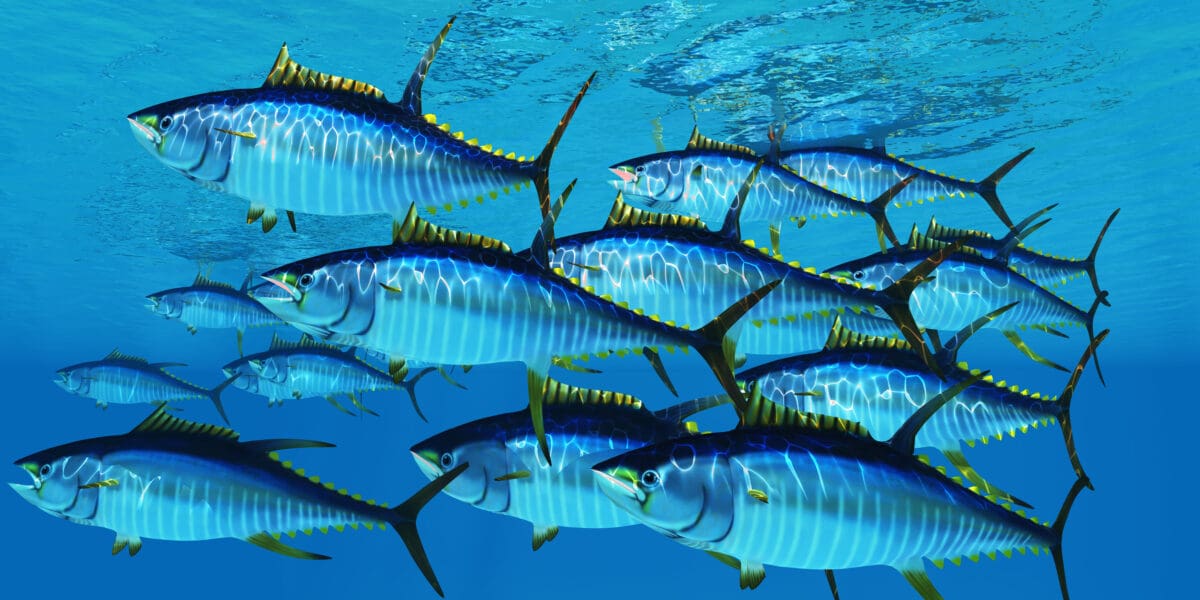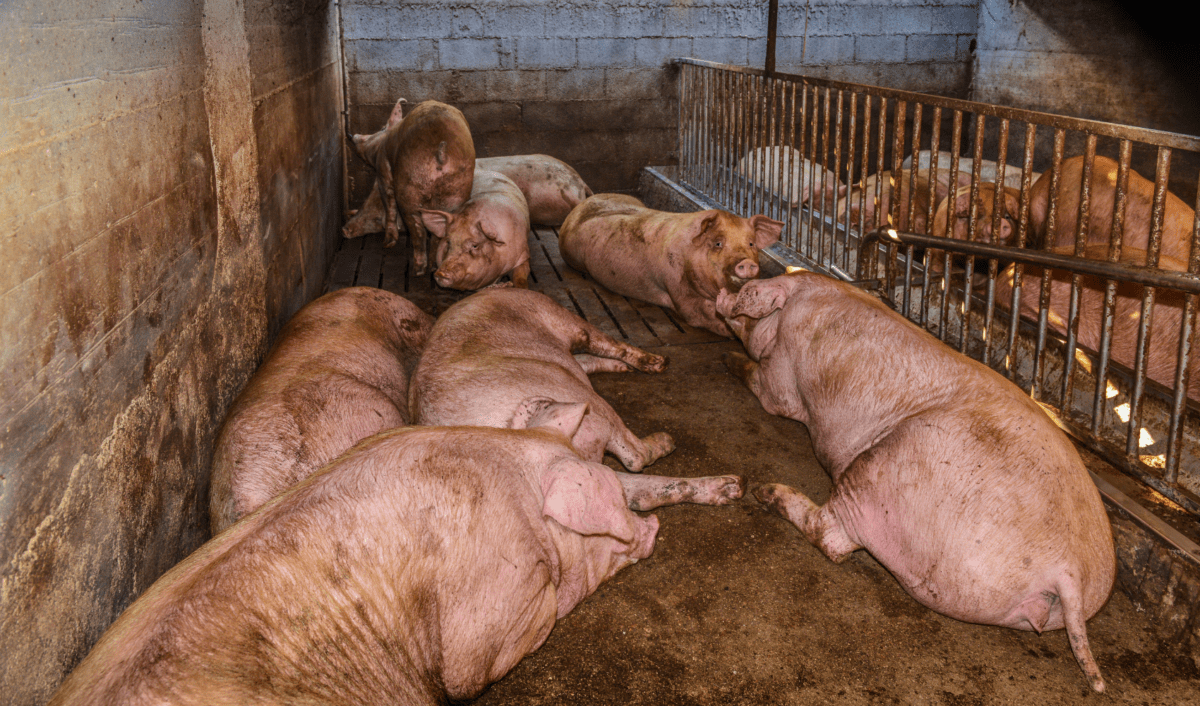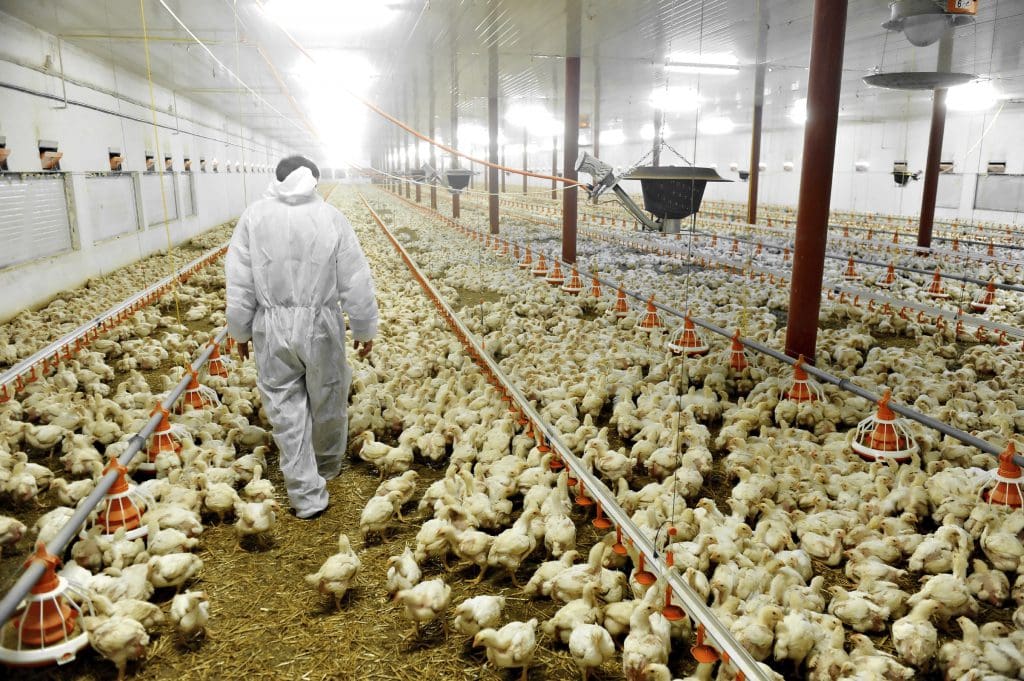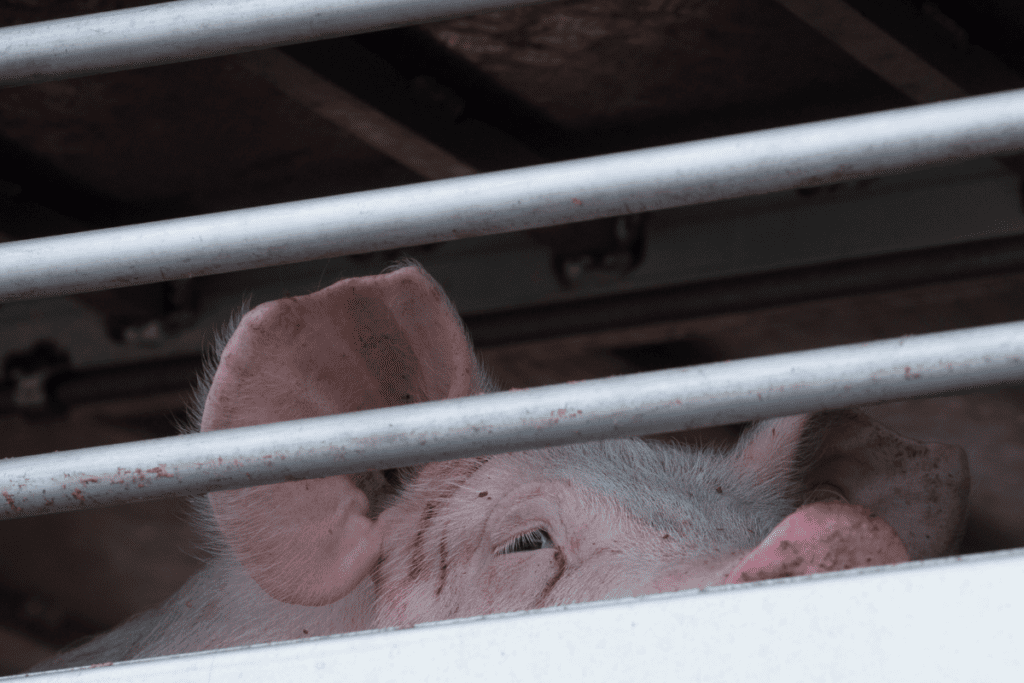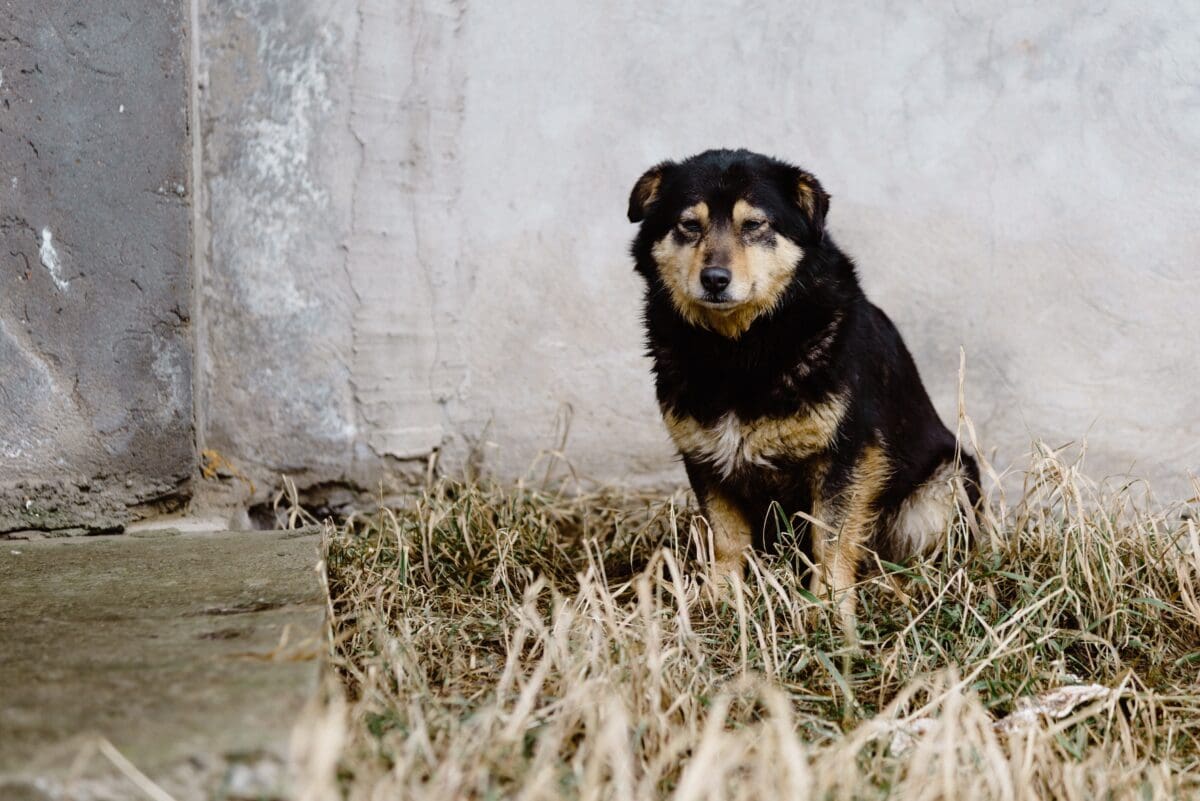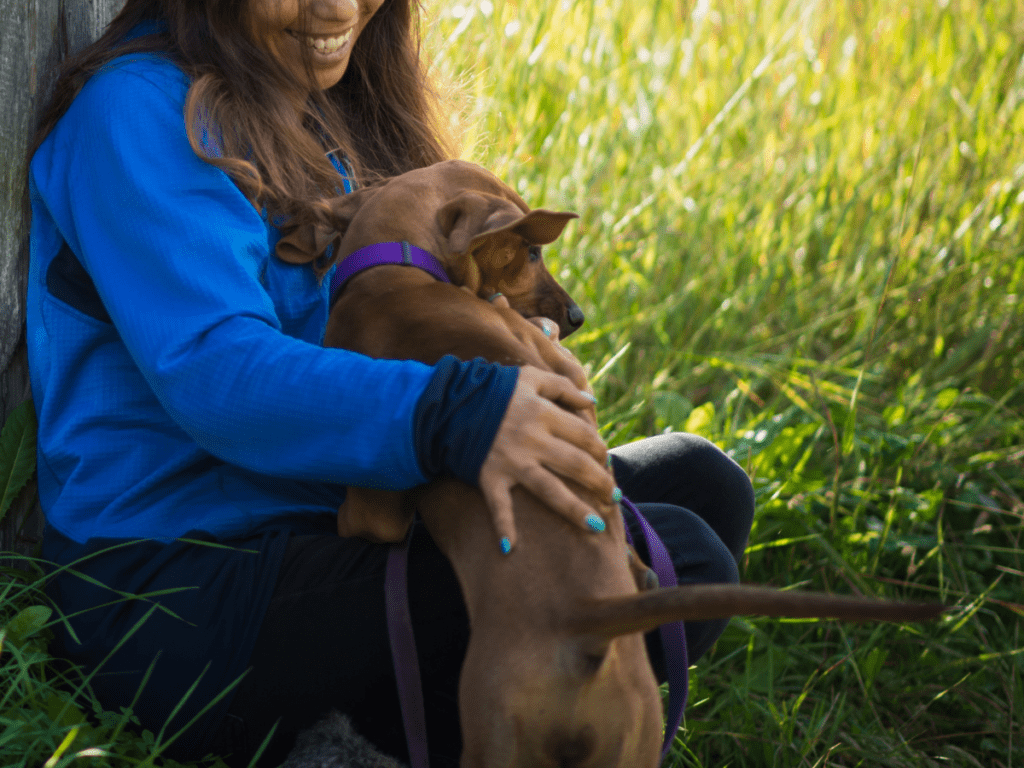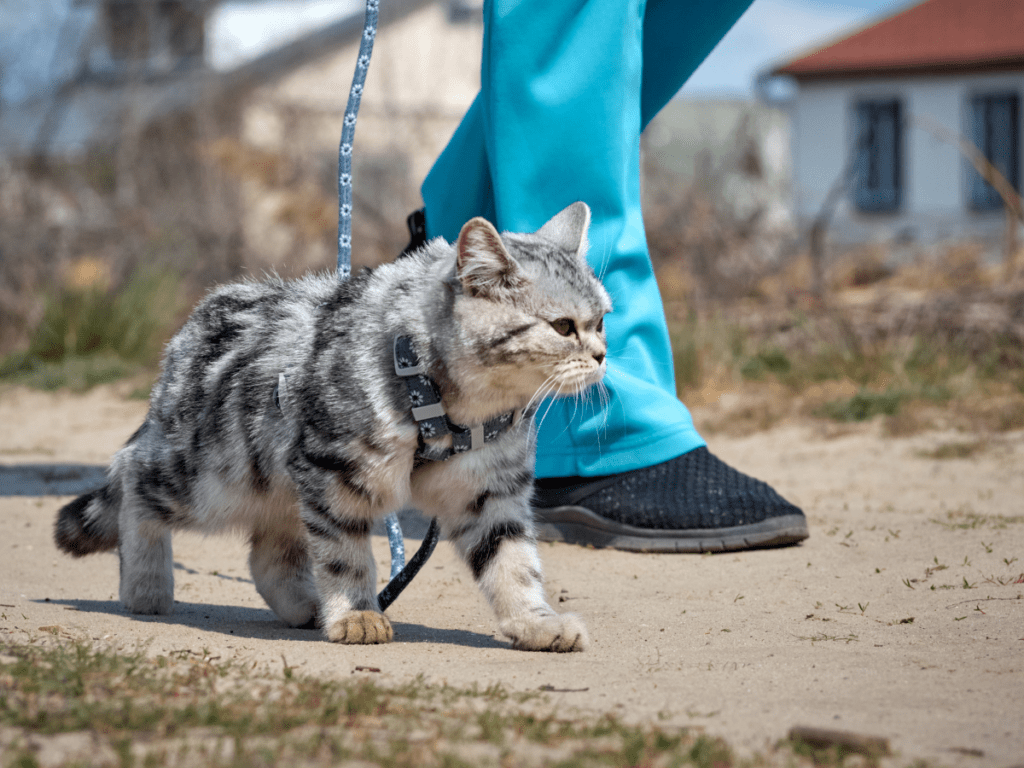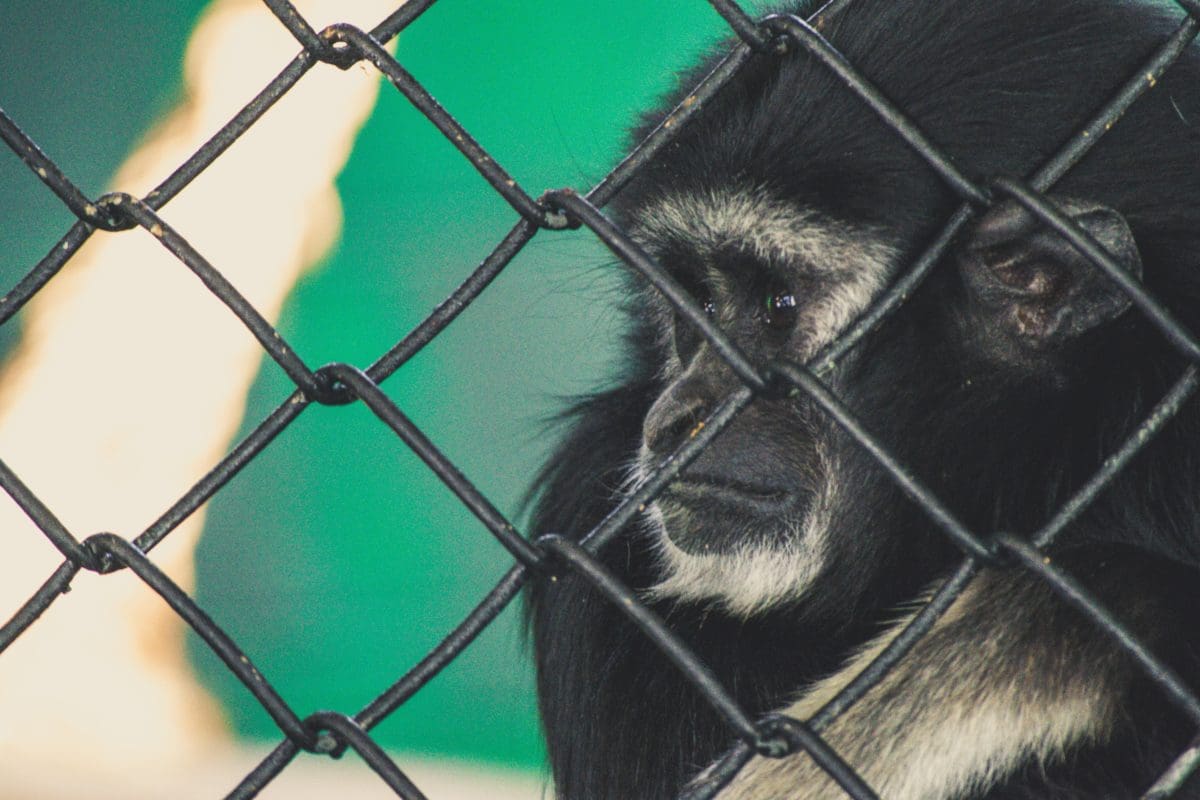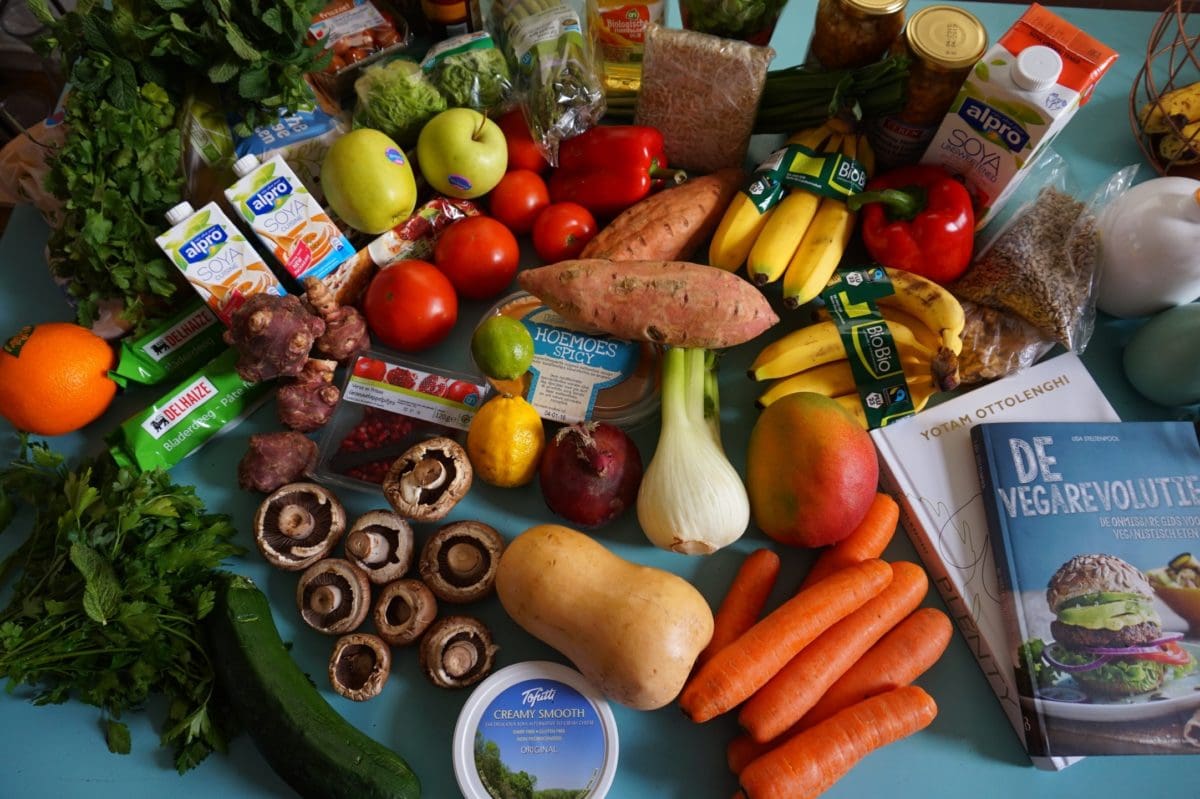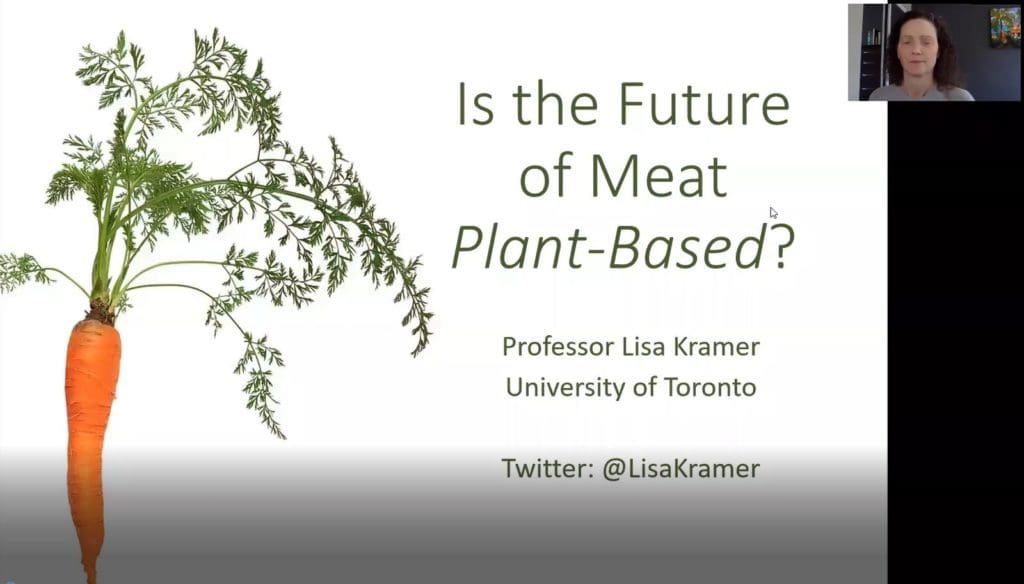Fishes think, play, form relationships, and feel pain; yet they are often overlooked both in animal cruelty legislation and in public discussions of animal cruelty.
In this month’s episode of The Informed Animal Ally’s series on animal cruelty, Vancouver Humane Society Executive Director Amy Morris and Communications Director Chantelle Archambault discuss cruelty laws and practices related to fishes.
Note: Traditionally, “fishes” plural refers to the animals when there are multiple species. In this episode, the word is used to refer to any instance of multiple fish animals in recognition that each fish is an individual being.
Fish welfare legislation
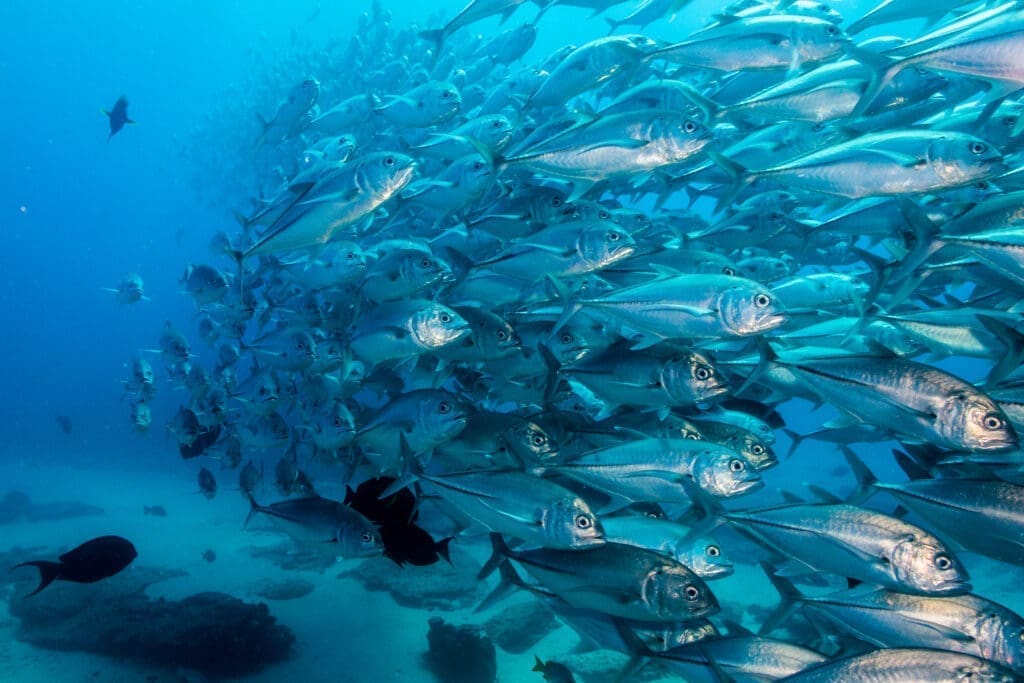
In general, fishes raised or caught for food are covered under the federal Fisheries Act in Canada. The act has been in place since 1868 to regulate fisheries and fish management, including protecting fishes and their habitats and preventing waterway pollution.
The law has gone through some amendments that weakened protections, but in 2019 it added new provisions that improved on the original Act. However, there is still a notable gap with regard to the welfare of fish.
The consideration for fish protection is mainly concerned with maintaining fish “stocks” as a resource, rather than protecting the welfare of fishes.
Many of the practices in “harvesting” fishes cause immense suffering. In fact, there don’t appear to be any laws that specifically outline the way fishes should be killed, which means there are no penalties for those who are fishing, or kill fishes, inhumanely.
Aquaculture (fish farming)
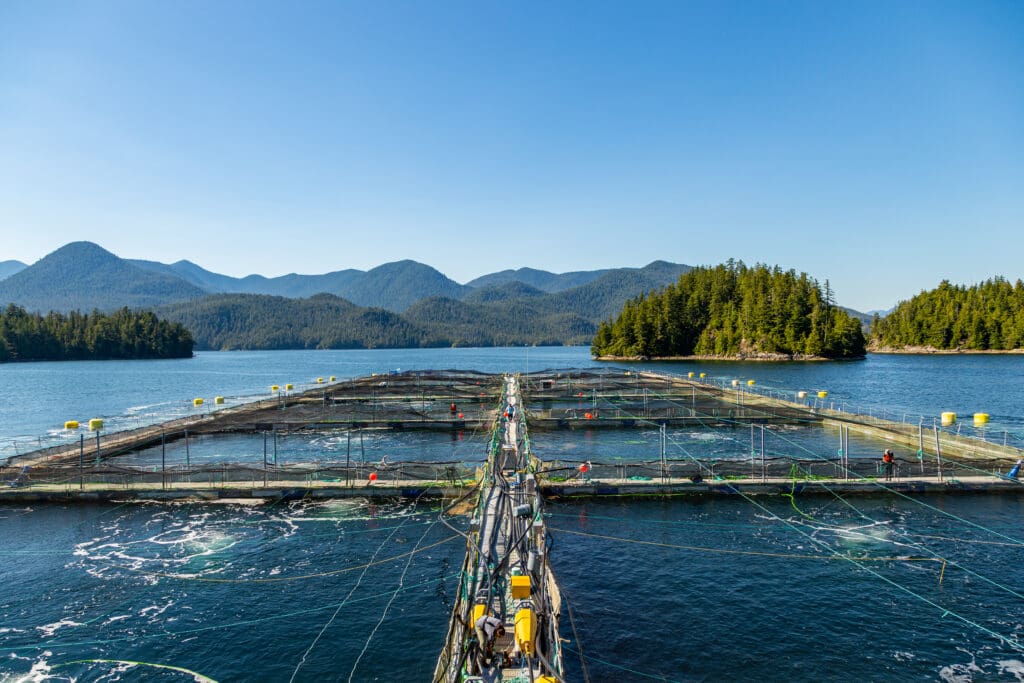
Aquaculture, or fish farming, is specifically included in amendments to the Fisheries Act.
Fish farms pose a major welfare problem for fishes, both those being farmed and those in surrounding waterways. Carnivorous farmed fishes like salmon, halibut, and tuna are fed diets made with fishmeal and fish oil made from smaller wild-caught fish. Open-net fish farms in particular are a major issue for surrounding fishes because they are placed in the water, allowing waste, disease, and chemicals to seep out into the surrounding ecosystem.
Fishes on farms are in kept in cramped, crowded conditions with no enrichment. According to a 2016 study by Royal Society Open Science, about a quarter of farmed fishes end up floating lifelessly at the top of their tanks, and they exhibit behaviours and brain chemistry that reflect stress and is reminiscent of the signs of depression that can be found in mammals.
Because so many fishes are stressed and in close quarters, they are very vulnerable to disease and parasites. Farms combat this by relying heavily on antibiotics. Not only can those antibiotics lead to drug-resistant infections in humans, but both the antibiotics and the parasites can make their way into surrounding water and impact wild fishes.
According to the First Nations Wild Salmon Alliance, the majority of First Nations in B.C. are opposed to open-net fish farms because of the impact of sea lice and viruses on wild fish. The federal government is currently working to phase out open-net fish farms in B.C. Bill C-258 passed the first reading in Parliament in March, which would amend “the Fisheries Act to prohibit finfish aquaculture for commercial purposes in Canadian fisheries waters off the Pacific Coast except when it is carried out in closed containment facilities”; essentially removing open net fish farms.
In BC, fish farms are managed under the Pacific Aquaculture Regulations.
Generally, like in B.C. and New Brunswick, specifics like “harvest” (slaughter) and habitat protection can be specified in the specific farm’s license rather than standardized in the regulations.
The National Farm Animal Care Council has a Code of Practice for the Care and Handling of Farmed Salmonids (salmon, trout, charr) as of 2021. One requirement in the Code is that “Methods of euthanasia, slaughter, and depopulation must be quick, cause minimal stress and pain, and result in rapid loss of consciousness followed by death without the fish regaining consciousness.” Electrical stunning is one of the allowed slaughter methods. The code acknowledges that the use of ice slurry (a combination of freezing and asphyxiation in non-oxygenated water mixed with ice) is not a quick or painless slaughter method, but it is still allowed for the next 2.5 years.
Industrial fishing
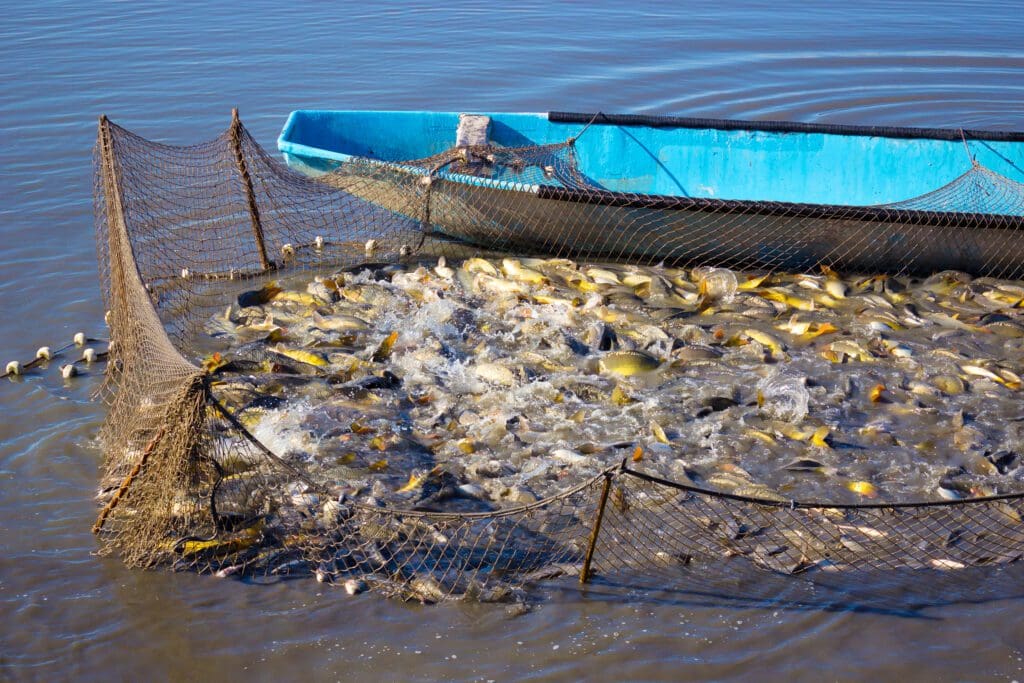
Industrial fishing uses harmful methods that result in the mass deaths of fishes and bycatch (the accidental capture of non-target species like dolphins, sea turtles, and diving birds).
Two of the methods used in commercial fishing are:
Longlining: Boats use lines that can extend for up to 50 miles, with thousands of baited hooks branching off from the main line. In 2018, a fishing magazine reported that the Canadian government was supporting a shift to longlining, but the federal government released an action plan on reducing bycatch from longlining in 2019.
Bottom trawling: A large net with heavy weights is dragged across the seafloor, scooping up everything in its path and damaging sensitive marine habitats. Bottom trawling was banned in 2019 in Marine Protected Areas, which only make up about 6% of Canada’s marine areas.
Recreational fishing
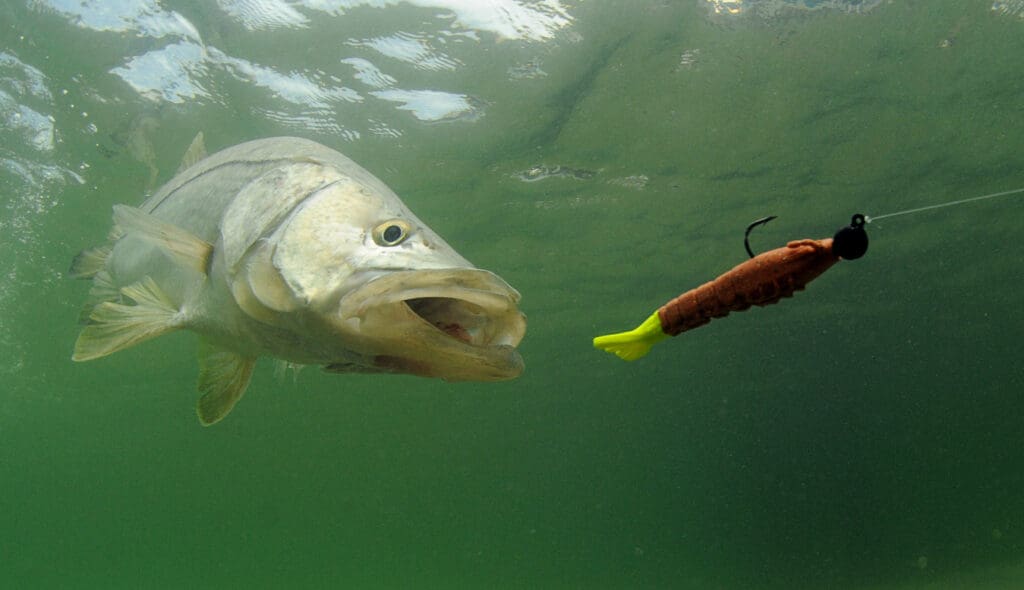
Even when fishes are released after being caught, the use of hooks causes pain and tissue damage. The change in pressure from pulling up some fishes out of the deep water results in barotrauma. For example, rockfish can experience barotrauma. Rockfish have a specialized gas filled sack that they use to control buoyancy. When they are reeled up and brought to the surface, they can’t release the necessary gases and this blows up their eyes, stomach and vent. If the fishes are quickly returned by a descender, they can survive, but in many cases they are just thrown back and continue to suffer or die from their injuries. There are no laws to prevent this, likely because they would be very difficult to enforce.
According to research, 18% of released fishes die of injuries and another 22% of the surviving fishes have their vision permanently impaired.
Recreational fishing and hunting organizations have admitted that they work to block cruelty legislation which would protect animals further.
Are fishes considered “animals” in law?
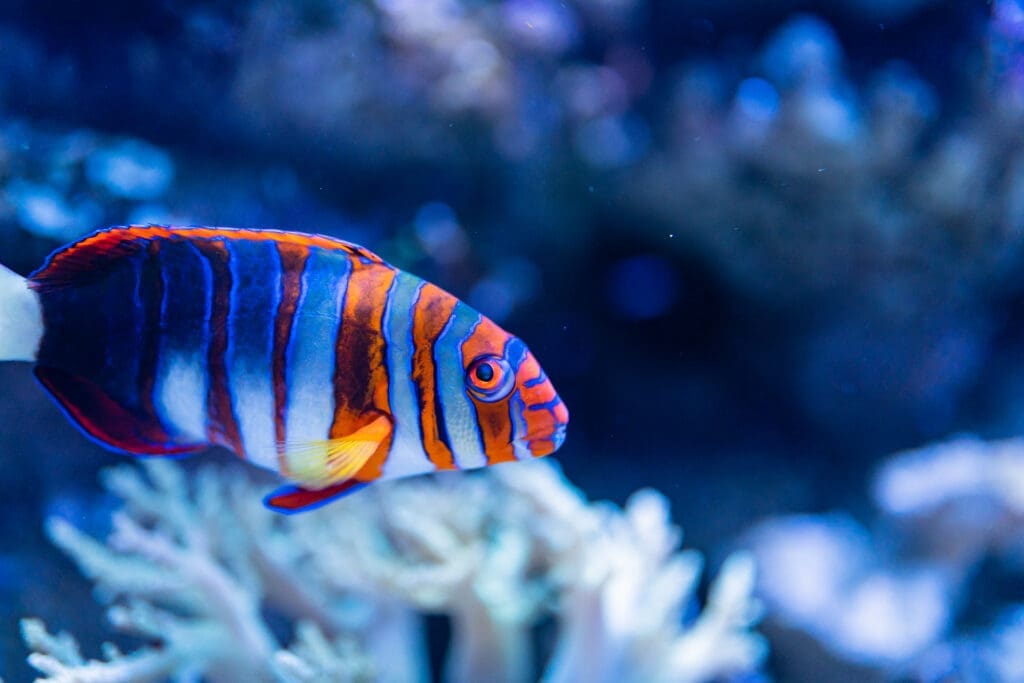
In law, definitions matter quite a bit. Sometimes terms aren’t defined because they are seen as obvious. B.C.’s Prevention of Cruelty to Animals Act states, “This Act does not apply to wildlife, as defined in the Wildlife Act, that is not in captivity.” However, there is no definition of animal outlined in the act.
If an agency responsible for Prevention of Cruelty to animals received a complaint in regards to a fish in captivity, they would need to use the same criteria as they would with a dog to identify if the fish were in distress.
There are many thousands of animal species, and in some species it can be complicated to prove distress. In cases of fish, it would likely require a biologist who specializes in fish distress, and could require someone who is knowledgeable about a specific species. For example, in 2016, the BC SPCA investigated the death of a sturgeon after the fish was euthanized. The fish had come from a commercial farm and was seen floating along the top of the tank before being euthanized; sturgeon are naturally bottom feeders.
There do not appear to be any cases of animal cruelty to fishes in captivity that have made it to court. A case in the United States was dropped specifically because the definition of animal excluded fishes.
What you can do
The best way you can help decrease the demand for harmful fishing practices is by eating plant-based. Fishes are farmed in higher numbers than any other animal, so shifting away from animal products in your diet can save hundreds of fish lives every year. The greatest impact of cutting out fish-based foods from our diets comes from cutting out farmed fishes, because of the high-stress methods used throughout the fishes’ lives and their impact on wild fishes, followed by fishes caught in commercial fisheries.
Cutting out farmed meat and animal products also decreases the demand for industrial animal agriculture, which is a major source of water pollution from agricultural runoff. Agricultural runoff can lead to the overgrowth of algae, which then decomposes and depletes the water of oxygen. Fish, who cannot survive in oxygen-depleted water, either die or move elsewhere to compete for increasingly scarce territory and resources.
There’s also other small changes that everyone can make to protect fish habitats – fishes are heavily impacted by plastic pollution and rising water temperatures, so reducing your use of single-use plastics and decreasing your carbon emissions are ways you can help every day.
Advocating for an end to fishing subsidies by the government and for climate-friendly and plant-forward policies is a great way to effect systems-level change.
Next episode
On August 30, the Vancouver Humane Society will be joined by animal law lawyer Rebeka Breder for a discussion on dangerous dog laws.

